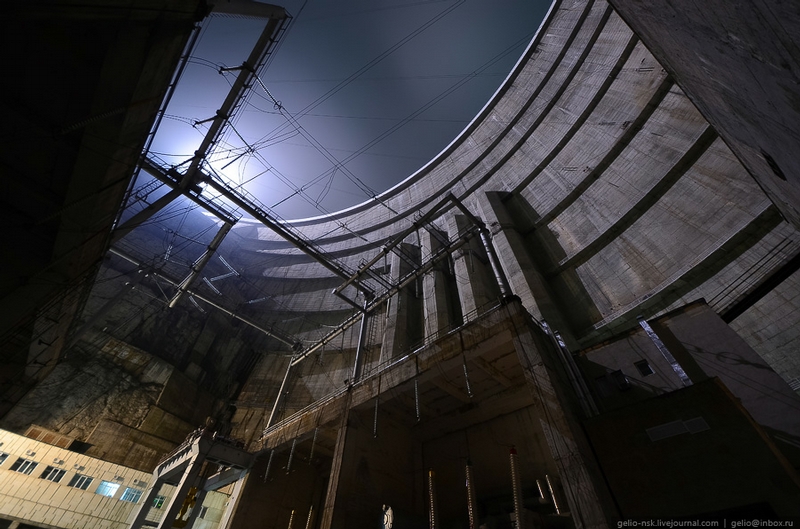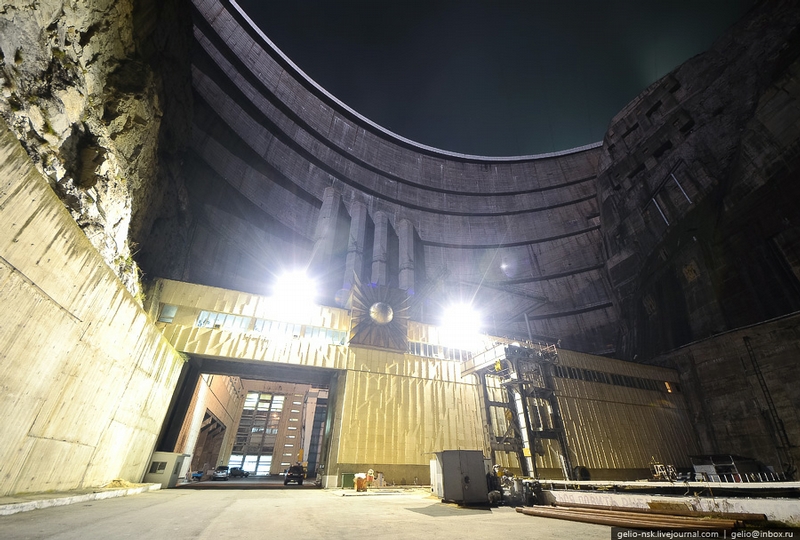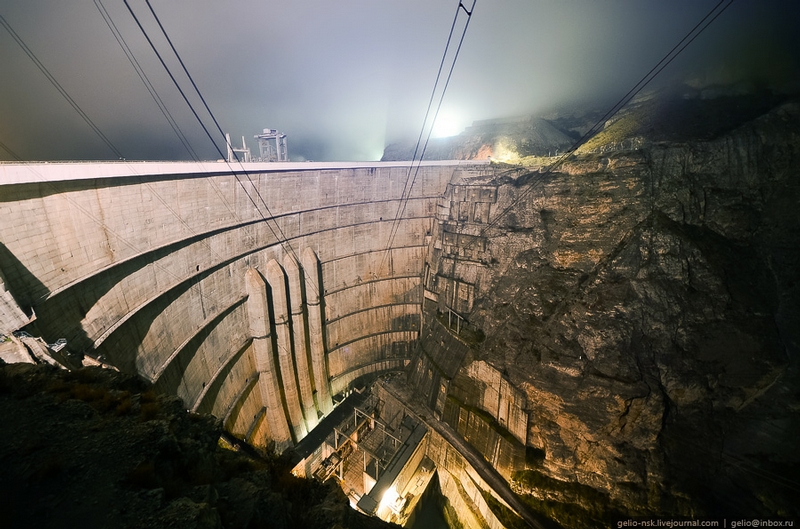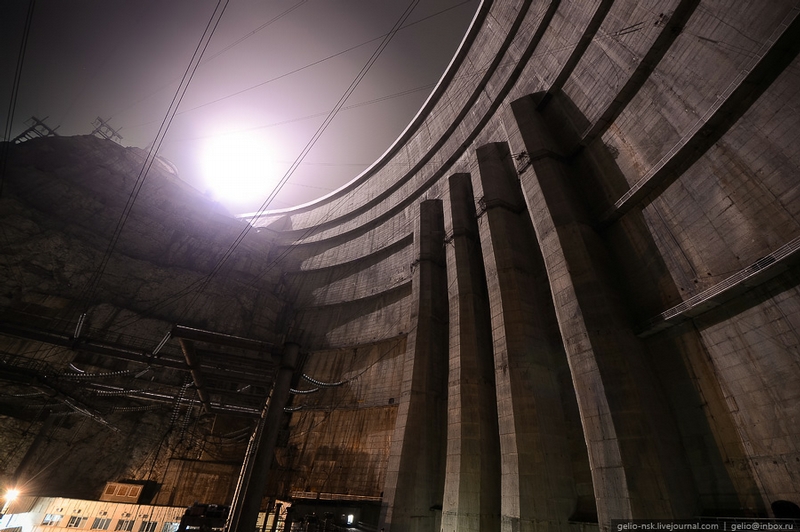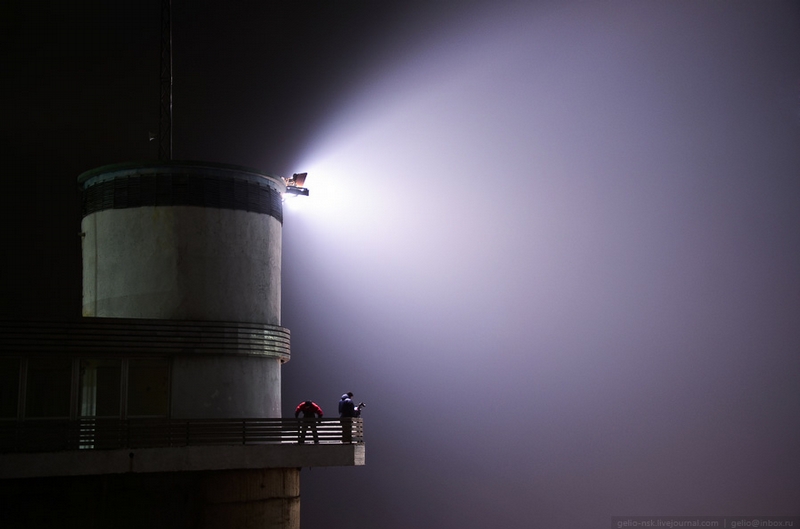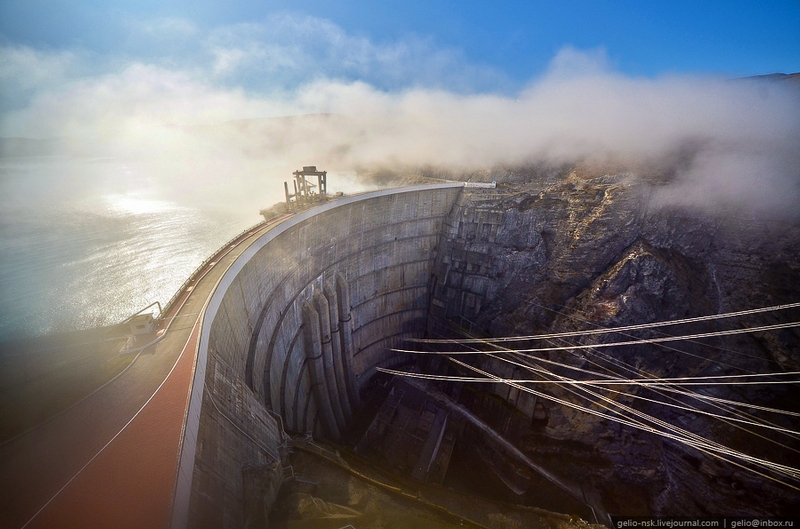
The Chirkey Dam is is the tallest arch dam in Russia. It is located on the Sulak River, Dagestan. The main purpose of the dam is hydroelectric power production and it supports a 1,000 MW power station. Construction on the dam began in 1964, the first generator was operational by 1974, the last in 1976 while the project was complete in 1978.

It is situated in a seismic area. Installation work was accomplished due to three cable cranes with load-carrtying ability of 25 tons. By the way, it was the first time that they applied cable cranes at underpouring the body of the dam.

They had to blast the rocks to block the river. Over 65,000 m3 of rock fell down as a result of a 37-ton explosion.
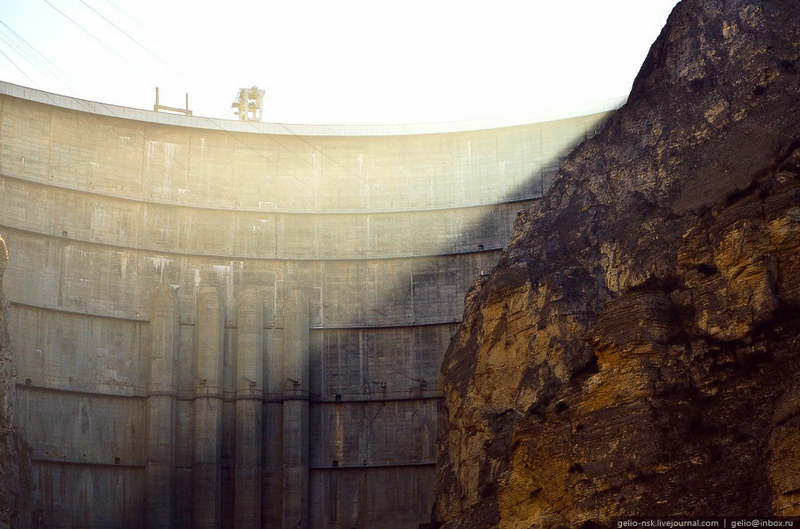
The dam is 232.5 m tall and 338 m long.
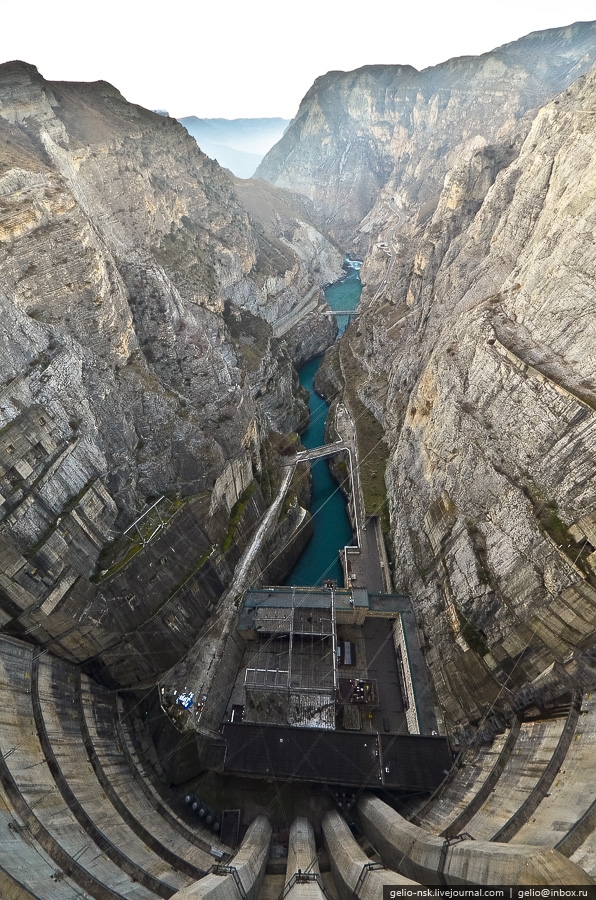
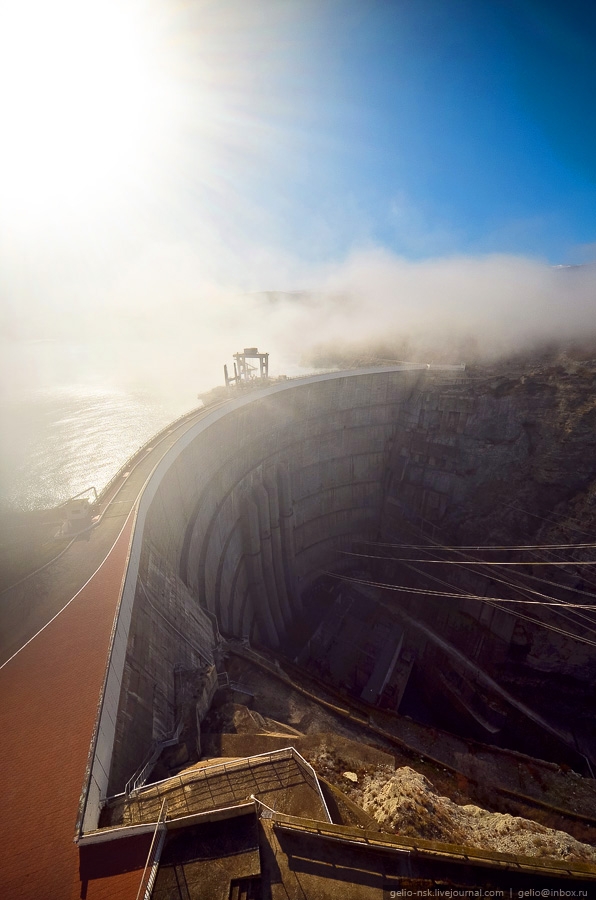
The arch dam’s thickness varies from 6 m to 30 m. In general, there are three hydropower plants in Russia.
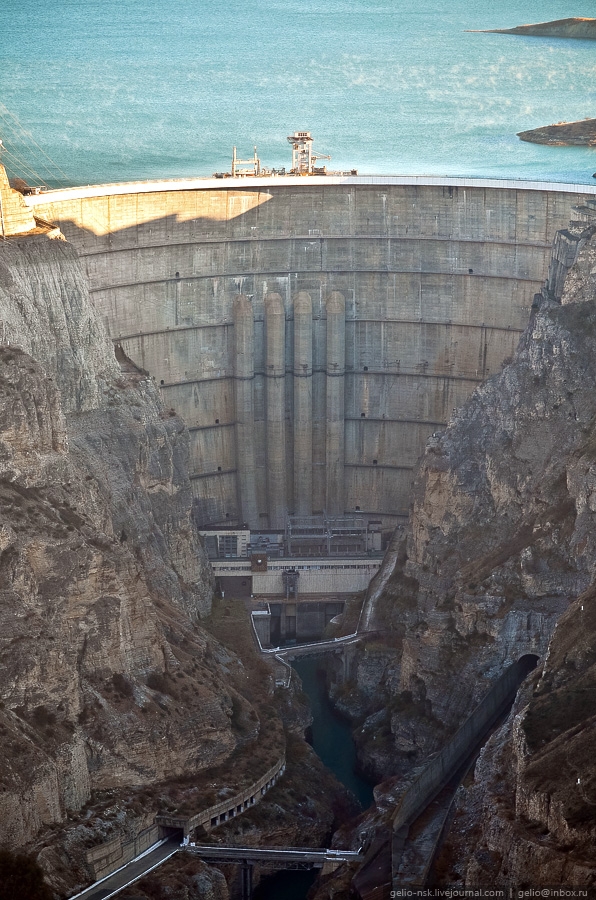
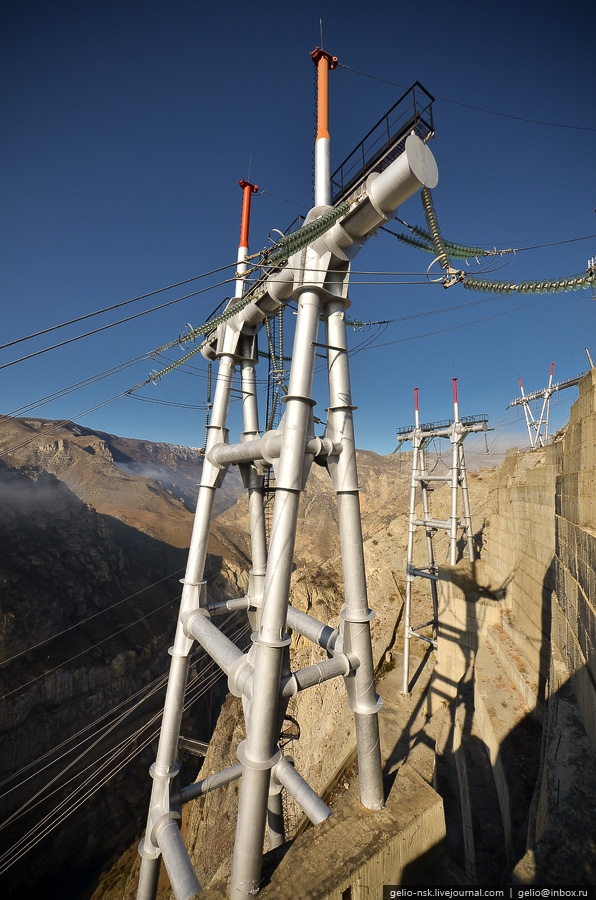
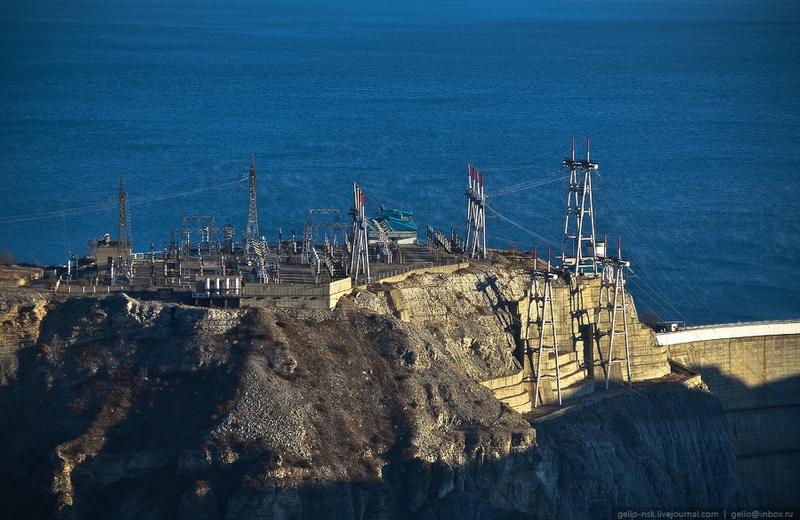

A 330 kW open switchgear.
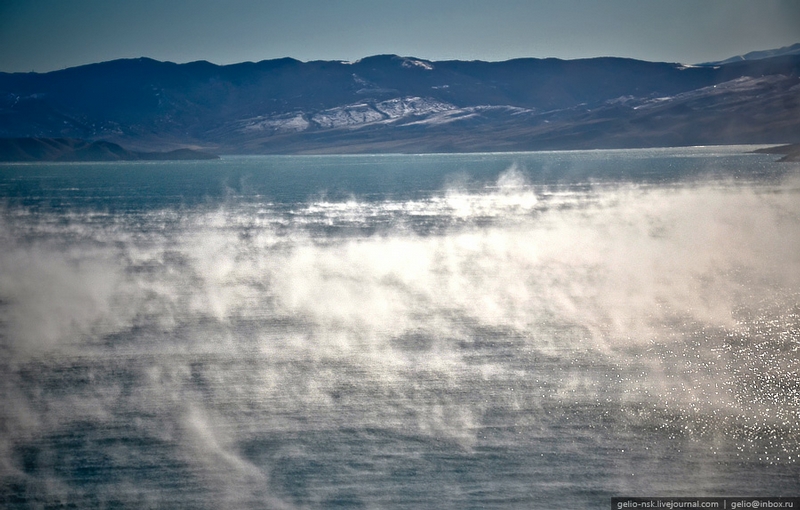
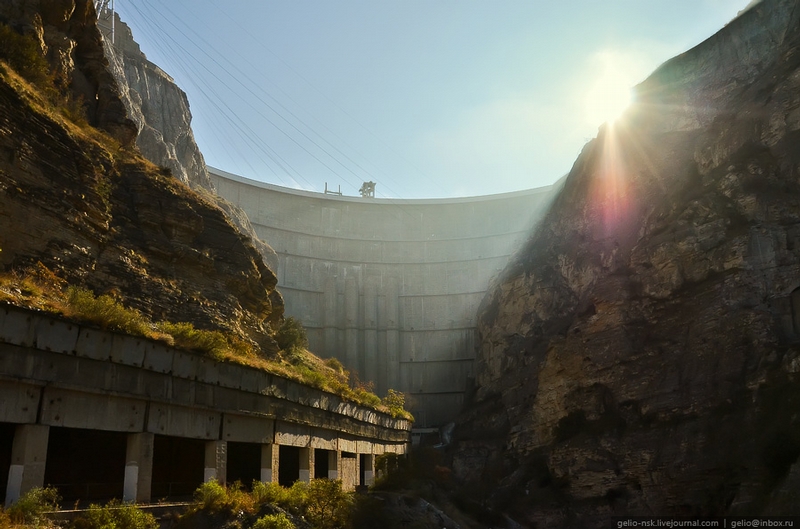
Along the dam’s crest, they drive sheep to their summer grazing lands.

The dam’s water reservoir has a length of 40 km and a width of 5 km.


Ferroconcrete cover of the water passages is 1.5 m thick.
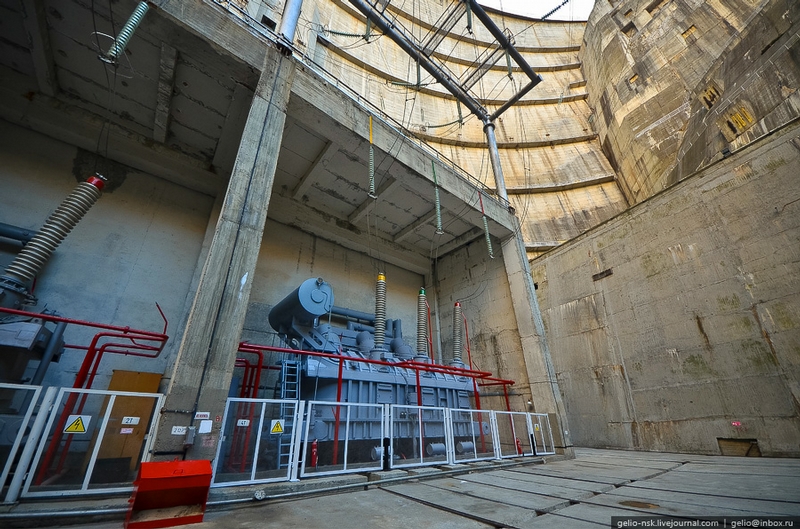
Transformers and generator voltage dispatch devices.
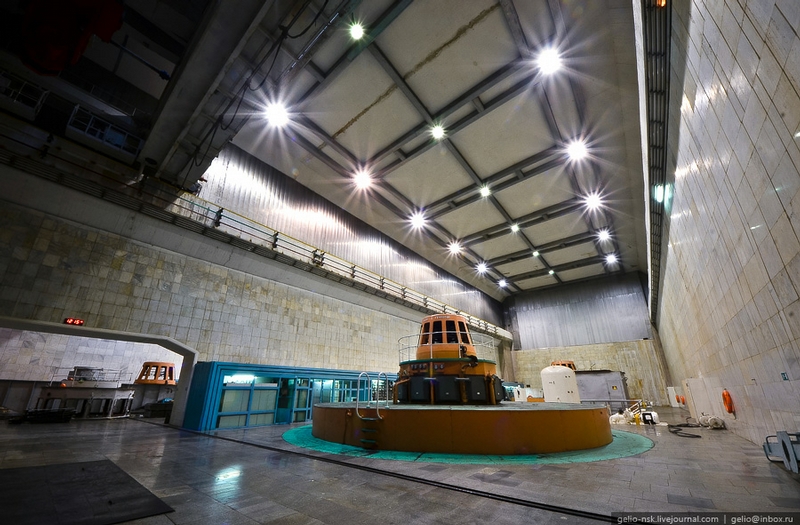
Placement of the hydraulic units and draft tubes (two-row) makes the HPP unique.
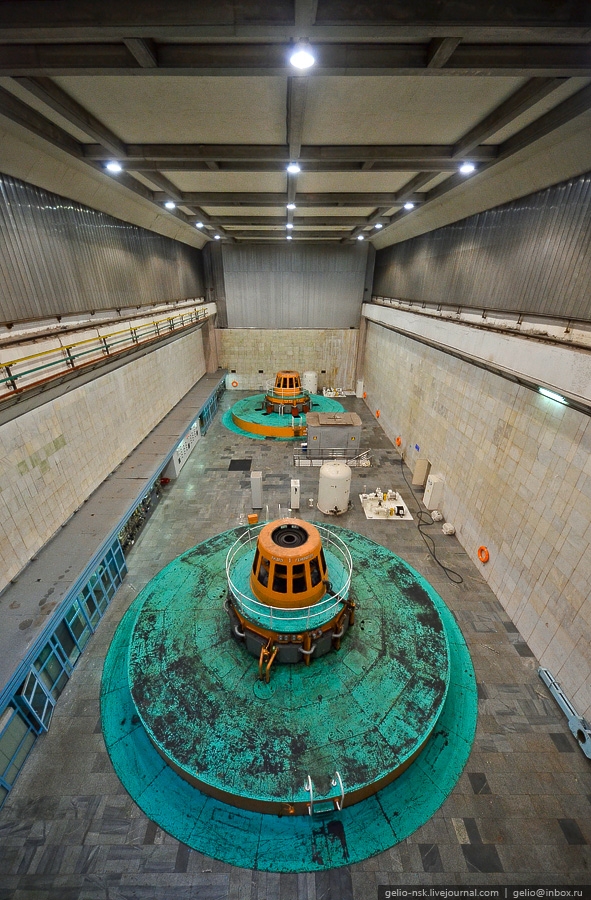
The HPP has two machinery halls located next to each other.

250 MW Francis turbines.

Taking advantage of the fact that hydraulic unit number four is currently under construction, we get into the spiral case of the turbine.
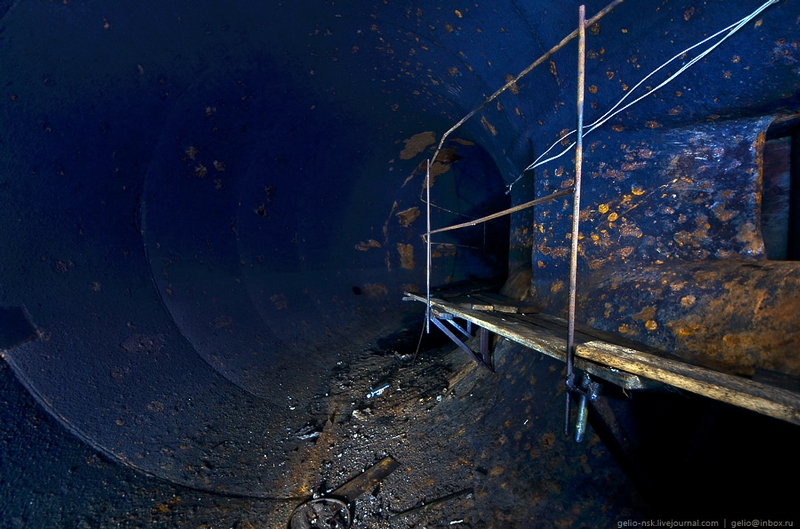
The turbine’s rotor wheel is 4.5 m in diameter and weighs 55 tons.
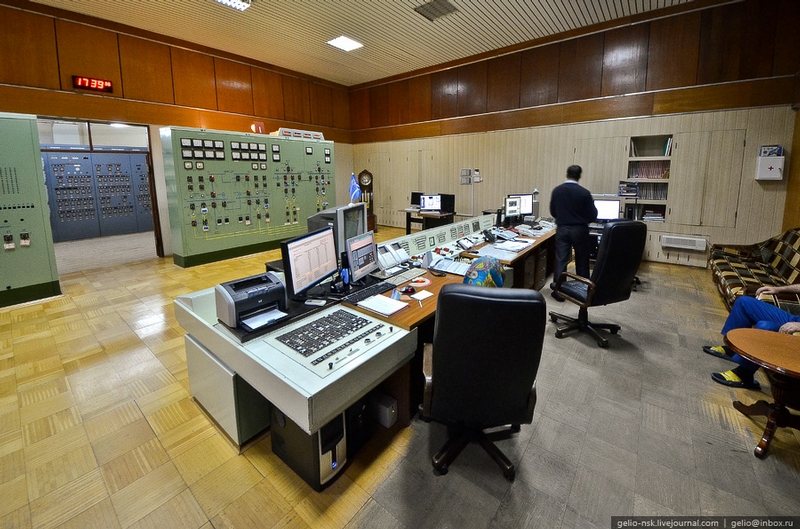
In the dispatching office.
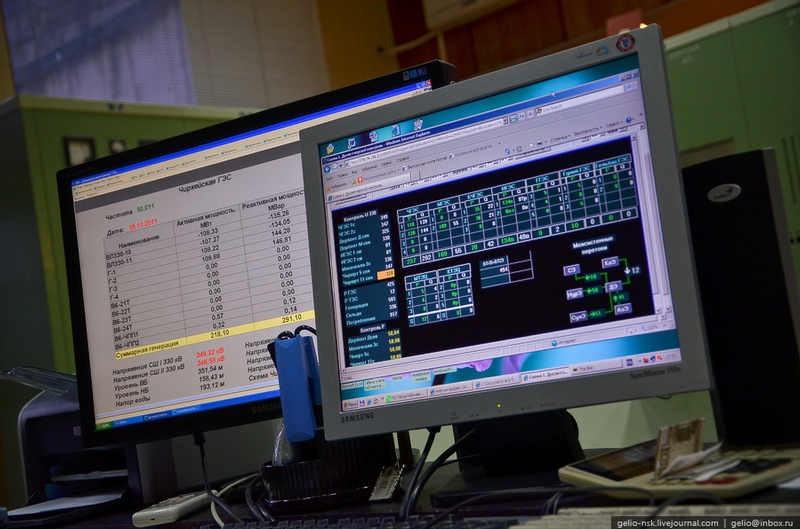
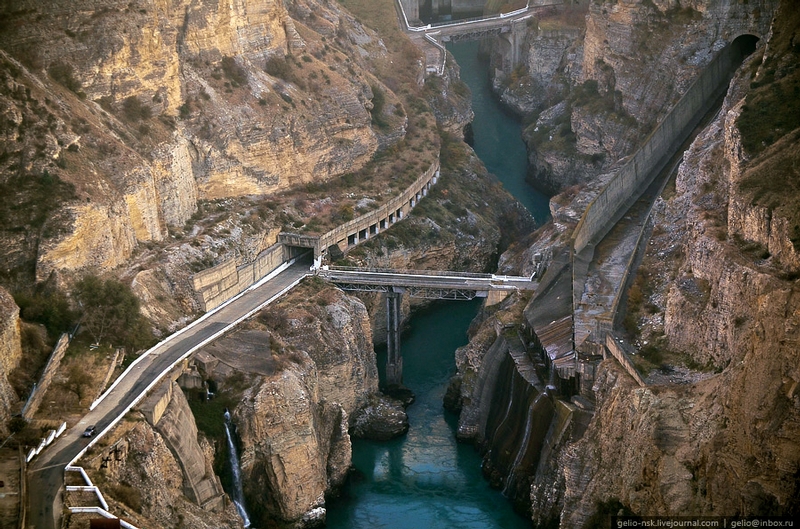
A 800-meter long tunnel will lead you to the HPP building.
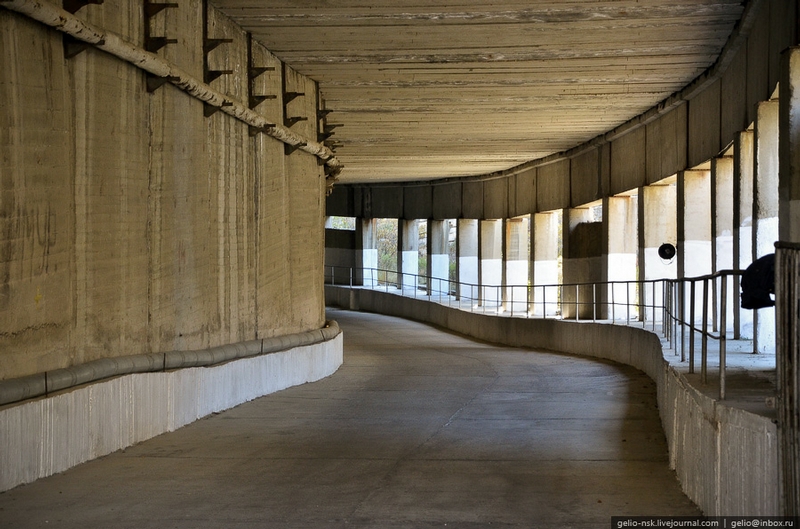
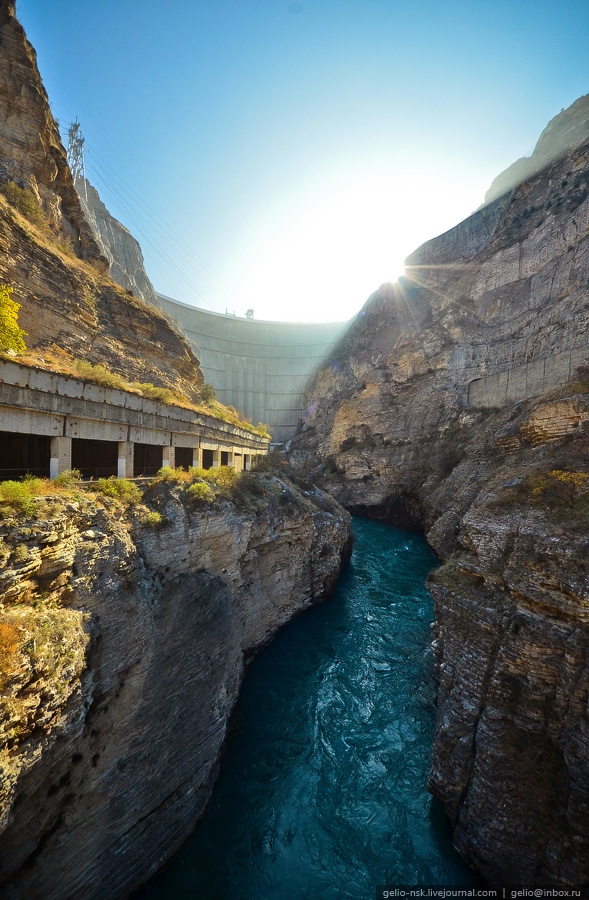
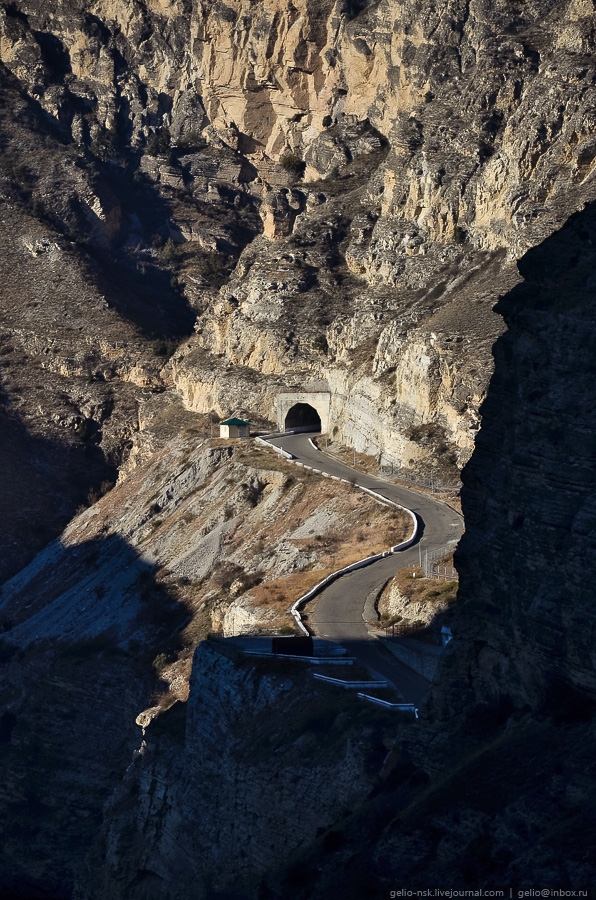
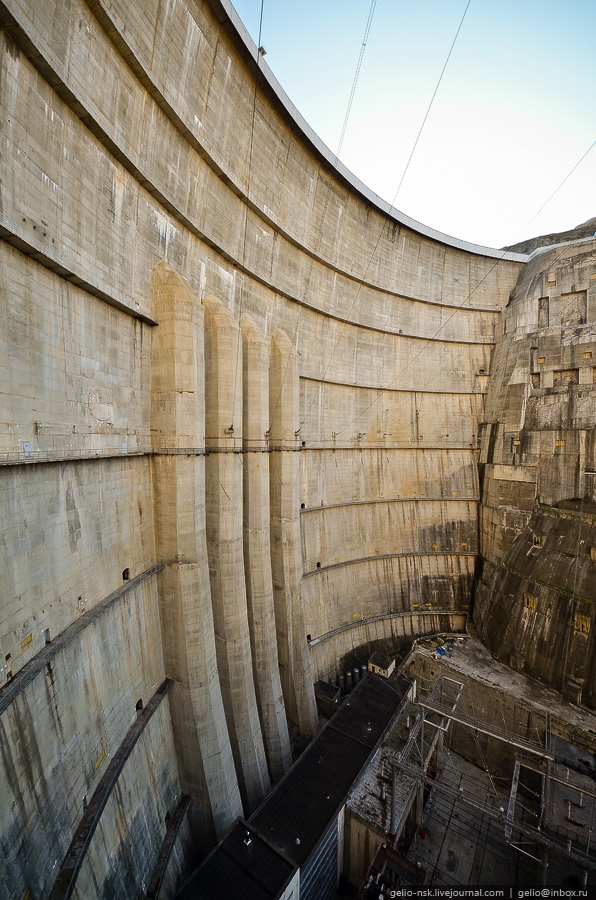

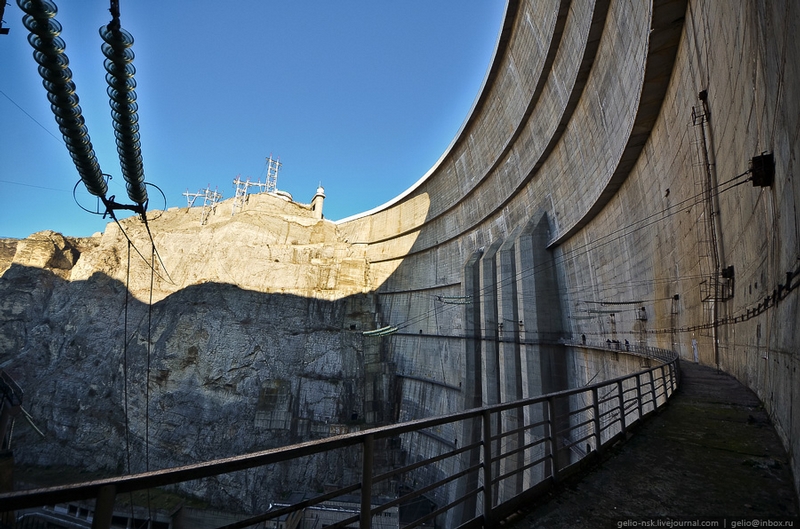
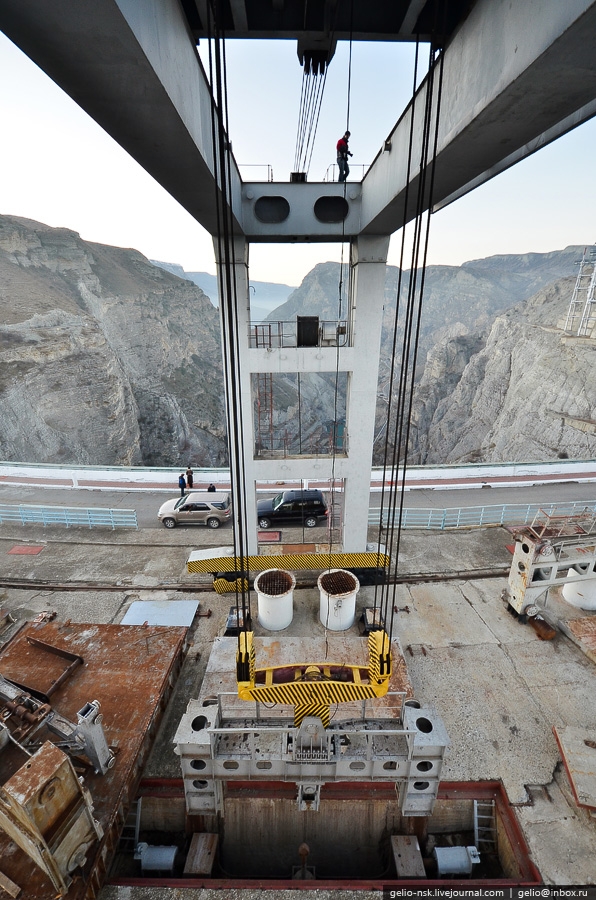
A crane on the dam’s crest.
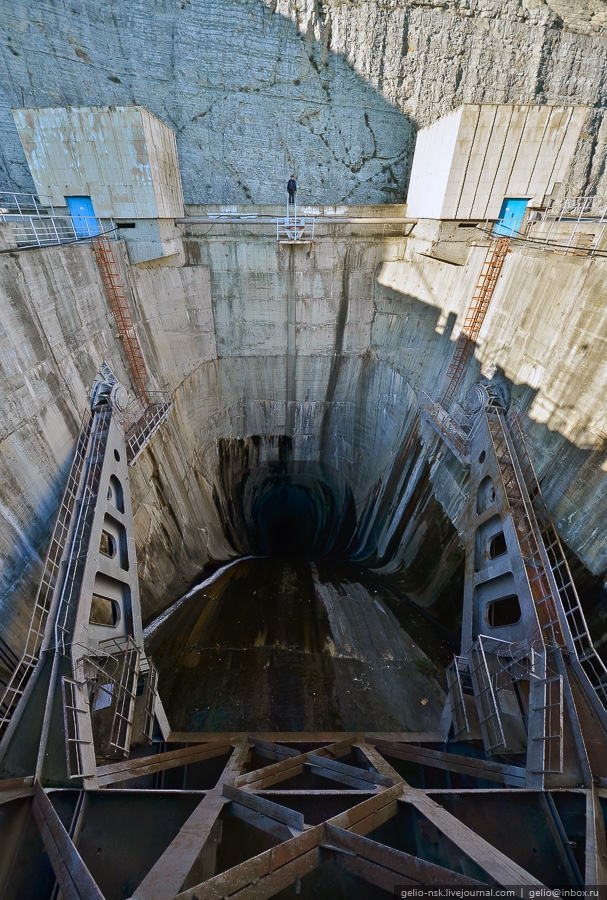

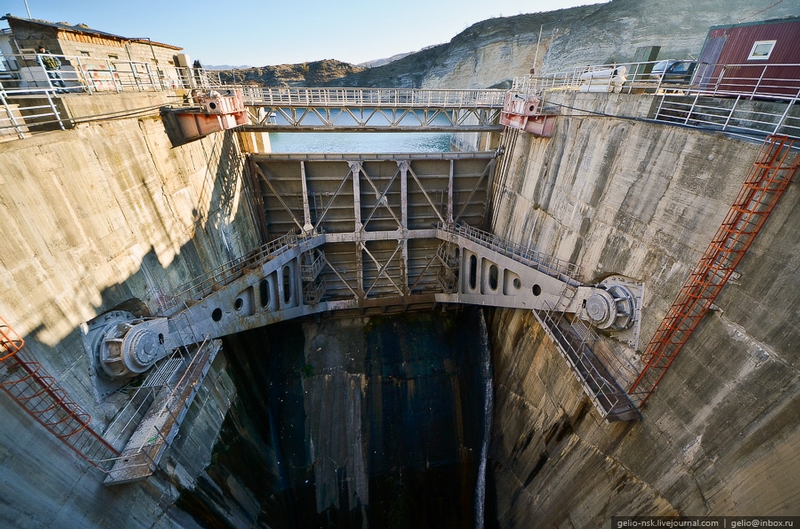
This is a 14-meter tall discharge gate.
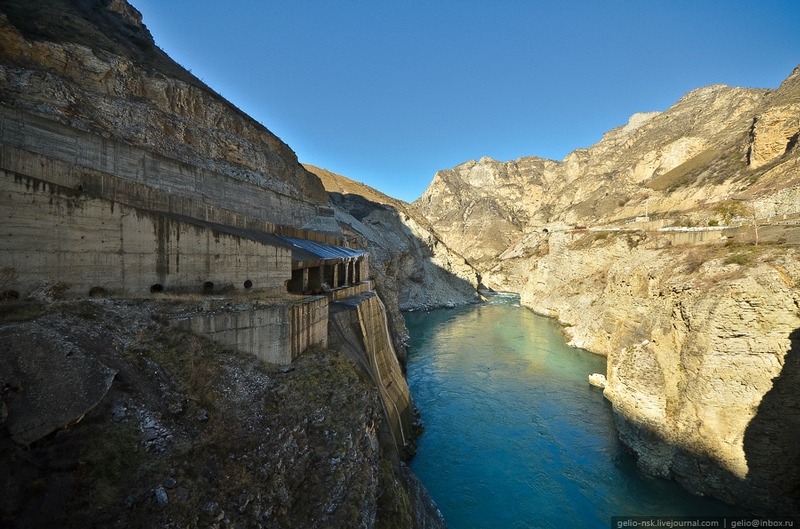
The HPP is located in a droughty zone so they conducted sterile spills just three times in history of the Chirkey Dam.
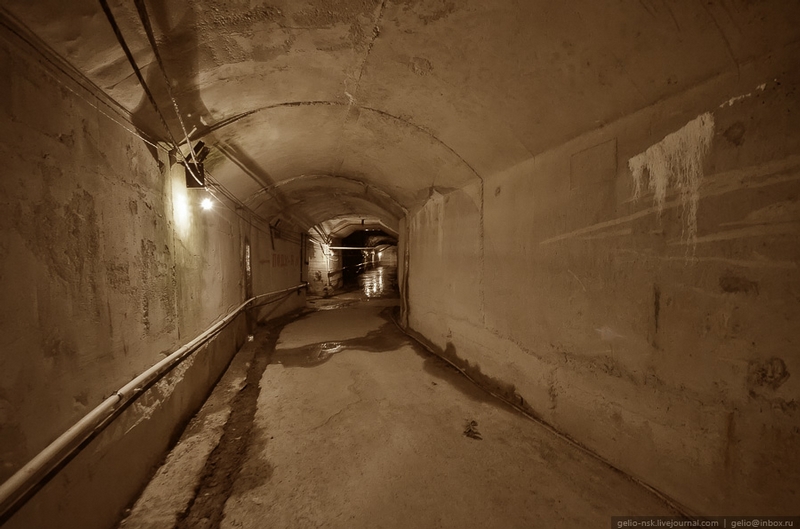
Inside the body of the dam.

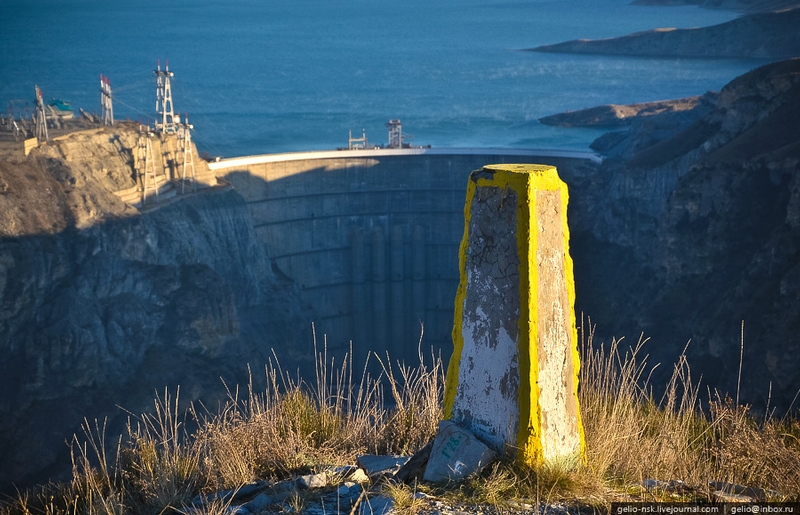
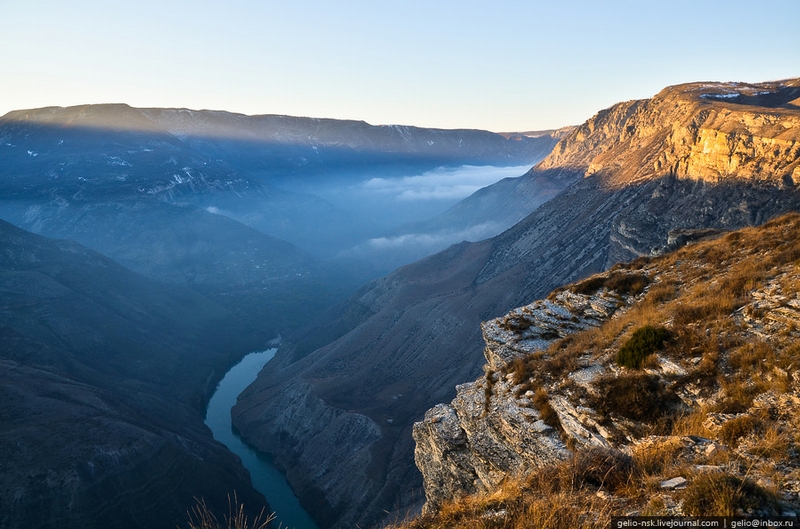
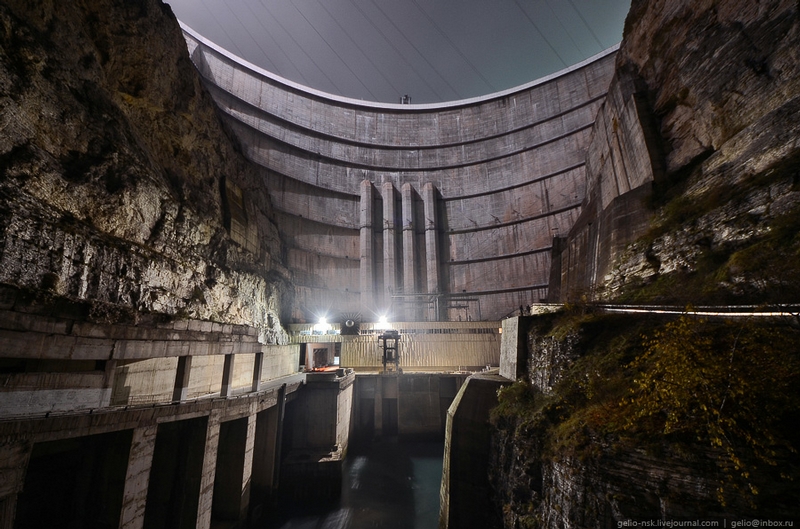
The HPP at night.

